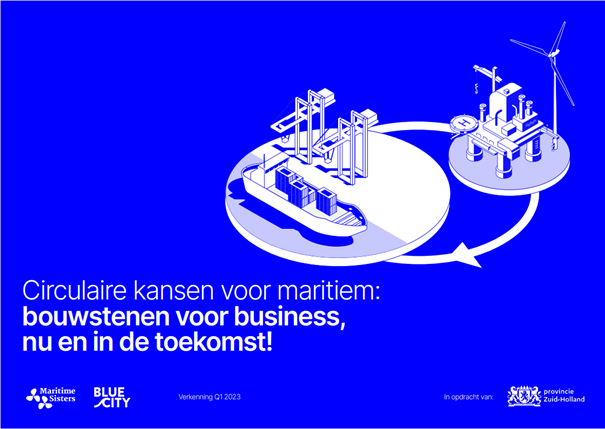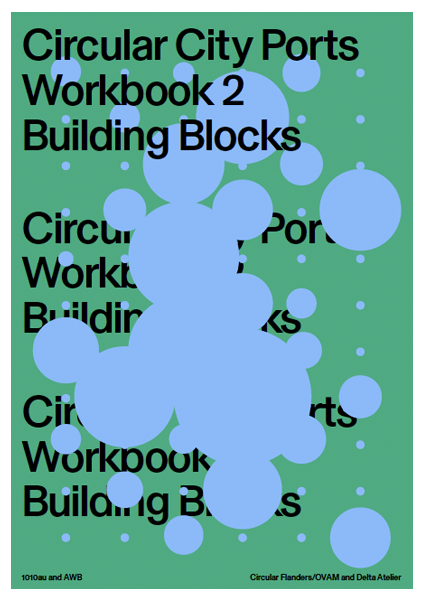Making insights actionable
Ports and the production system
Ports often have a combination of logistics and production spaces. By looking at the production cycle of a resource, it can be clearer how ports can play a role in the larger circular economy. Four typologies of circular spaces were identified by Bart Bomas et al (2022) based on studying a number of large ports.
Logistics space
Distribution of goods is the traditional function of a port, where logistics flows of primary and secondary raw materials are brought together, stored, exchanged and further distributed. For the circular economy, the role is to move materials along circular chains and networks. Spaces for logistics will depend on the type of material that can fit into various categories: dedicated storage units for the likes of liquid and gas; flexible hardstand surfaces for containers or bulk materials (like sand or wood chip) and; warehousing spaces for higher value or manufactured goods. In practice, ports can do little to address the circular economy by simply focusing on logistics.
Production and processing space
Manufacturing can increase the value of resources. Production could include the transformation of raw or used resources. These include rinsing, drying, shredding, pressing, printing, sorting and assembly. Typologies of production spaces depend on the complexity of the material and the level of treatment. Smaller port operations or difficult to transport resources may require the entire production process to be located on one site. The production may involve a cluster or symbiosis of other activities where the production occurs behind the waterways, such as the Stora Enso Langerbrugge site at the North Sea Port. In other cases, such as the TRS Metal Company with some 150 locations across Europe, a chain of ports allow for specialised functions. For example, the Volvo factory in the Port of Ghent has little connection to the port, but benefits from the industrial symbiosis of resources such as heat from Stora Enso.
Harvesting space
These are spaces for the extraction or harvesting of primary (biobased) and secondary raw materials and materials, as input for chains. Input could include algae or fibre crops, demolition material or rare metals. Harvesting space could include simple hardstand areas where machines can process resources or dedicated plants and covered production spaces.
Space of use
These are the places where the resources have their final intended destination. It may include housing for construction materials or rural areas for agricultural materials. From consumption areas come return flows of secondary raw materials and materials. Area of use may not have much to do with the port itself but may benefit from the proximity of the port for other reasons.
This is one of the new opportunities for ports – to be located in areas where resources can easily be harvested or reproduced.




